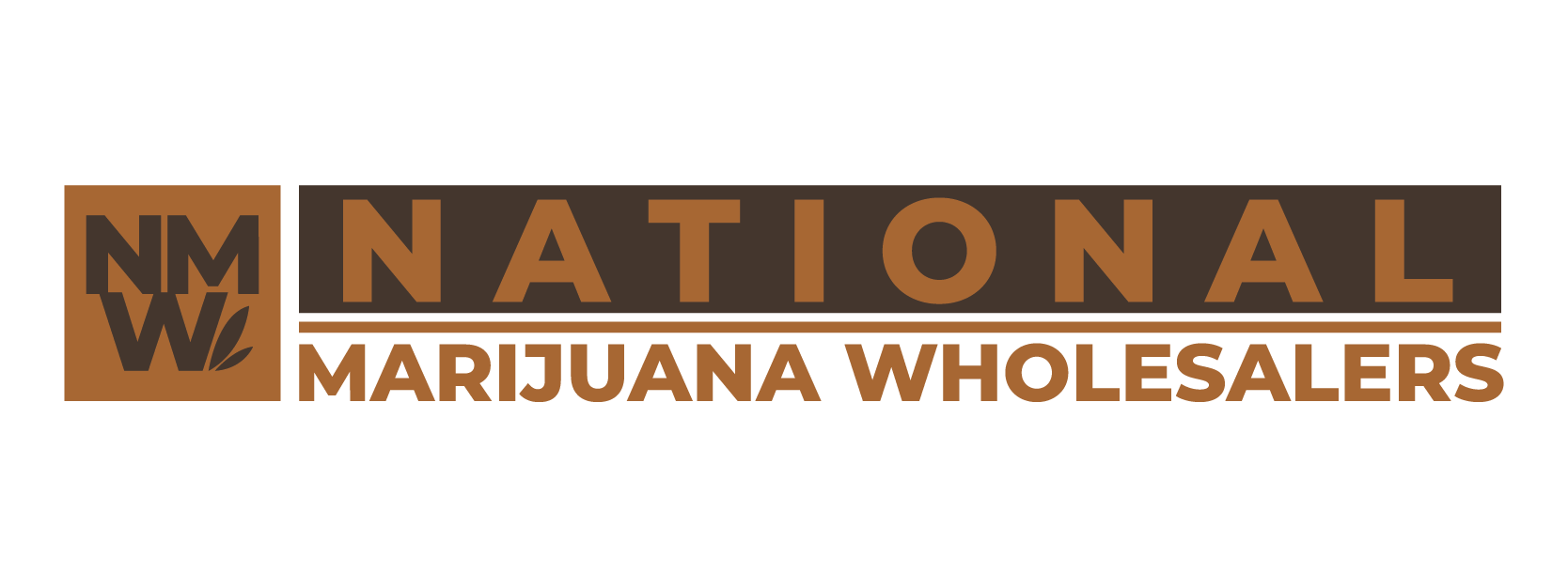From a national wholesale vantage point, white label (and private label) cannabis products are indeed gaining ground—most visibly in ready-to-manufacture categories like pre-rolls, vapes, and certain ingestibles. Several forces are converging: price compression, retailer margin strategy, capital constraints on new builds, and a maturing co-manufacturing ecosystem that lowers barriers to launching SKUs. Together, these dynamics are nudging more operators toward white label solutions.
What We’re Seeing in Orders and Assortment
On the demand side, categories that lend themselves to standardized, repeatable production are expanding rapidly—especially pre-rolls, which have been the fastest-growing major category over the last cycle. Independent analyses found pre-roll revenue climbed ~12% YoY from June 2023 to June 2024 and amassed more than $4.1B in sales across 2023 and H1 2024, a trajectory consistent with wholesalers’ increasing white-label pre-roll requests (including infused variants).
Beverages—another co-manufacturing-friendly category—are posting outsized gains in several new or expanding states (e.g., Michigan +112% in Q1 2025 vs. Q1 2024; Ohio +79%). As retailers test form-factors beyond flower, they often enter via white label lines to manage risk and capitalize on existing beverage lines at purpose-built facilities.
Why White Label Now? The Structural Reasons
Margin strategy & retailer “house brands”
Across consumer packaged goods, private/white label has been a mainstream margin lever for years, representing ~19.5% of U.S. retail sales in 2020. Cannabis retailers and brand houses are adapting the same playbook—using house brands to hit price points, protect margin, and fill assortment gaps without building plants from scratch.
Price compression & capital discipline
Wholesale pricing has stabilized in many markets but remains highly competitive. Operators are trimming capex and favoring contract manufacturing over owning every step of production. LeafLink’s national wholesale data shows a large, growing B2B flow (run-rate ~$11.2B wholesale; retail run-rate >$32B as of spring 2024), supporting a marketplace where outsourcing and scale manufacturing can thrive.
Faster speed-to-market with less regulatory drag
White label partners shorten commercialization cycles by leveraging existing licensed lines, quality systems, and procurement. In California, for example, the Type S shared-use manufacturing framework explicitly enables smaller operators to produce, package, and label in approved facilities—an architecture that also supports white label programs.
Category evolution favors co-manufacturing
As consumers shift toward convenience products (pre-rolls, vapes, select edibles/beverages), the technical demands (precision filling, infusion, QA) tilt toward specialized manufacturers. That encourages brands and retailers to partner rather than vertically build. Pre-rolls’ outsized unit growth and broader demographic adoption reinforce this pattern.
Market expansion with tighter licensing flow
New stores keep opening in select states, but overall license growth has slowed—prompting operators to pursue asset-light expansion through brand and white-label strategies instead of new facilities.
How it Shows Up in Wholesaler Workflows
Assortment design. Buyers increasingly request “portfolio architecture” that blends national brands with house-label fills (e.g., value pre-rolls, distillate vapes) produced by vetted co-manufacturers. Wholesale platforms report growing SKU depth across these categories, and annual pricing guides suggest buyers are managing to specific contribution margin targets by mix—classic conditions for white label to flourish.
Quality & compliance gating. With more third-party manufacturing in the mix, compliance diligence has intensified. In California, for instance, white-label packaging must enumerate the legal business name/license, batch, testing, and required warnings—details wholesalers now audit upstream to reduce relabels and returns.
Regional specialization. Some markets (e.g., Michigan, Ohio, Maryland) are ramping categories like beverages and pre-rolls quickly, creating regional “centers of excellence” among contract manufacturers. Data snapshots show category surges by state that align with where we see the most inbound white label briefs.
Benefits Operators Cite—and the Trade-Offs
Advantages.
- Speed & flexibility: Launch or refresh SKUs without retooling a plant.
- Cost control: Convert fixed costs to variable; ride a partner’s scale inputs and QA systems.
- Assortment precision: Fill price tiers or flavor/format gaps quickly; test into demand (e.g., infused pre-rolls) before committing capital.
Risks to manage.
- Differentiation: Over-templated products can feel commoditized; strong brand and sensory work are essential. General CPG evidence shows private label can win on price but needs positioning to sustain share.
- Supply-chain visibility: Multi-party chains require tighter batch, COA, and change-control management to avoid relabels and compliance defects.
- Capacity competition: Popular co-manufacturers can become bottlenecks during seasonal spikes or state launches—plan slots early using platform forecasts and wholesale calendars.
Outlook: White Label as a Durable Fixture
White label’s rise isn’t a fad; it maps to cannabis’ transition from early-stage vertical builds to a more typical CPG supply chain. A large, data-visible B2B marketplace; category growth concentrated in co-manufacturing-friendly formats; and frameworks like California’s shared-use licensing all underpin continued expansion. As retailers chase margin and brands prioritize speed, expect more house labels at the value and mid tiers, and more specialized partners for infused pre-rolls, cartridges, and beverages.
